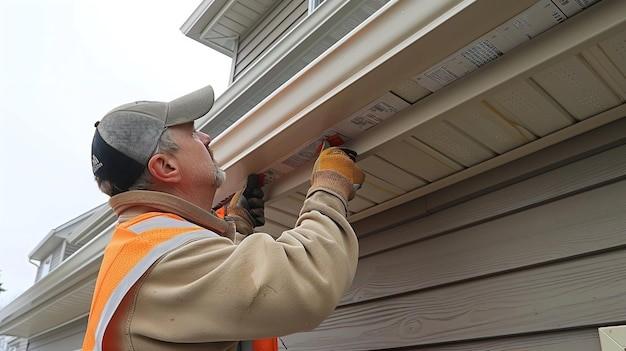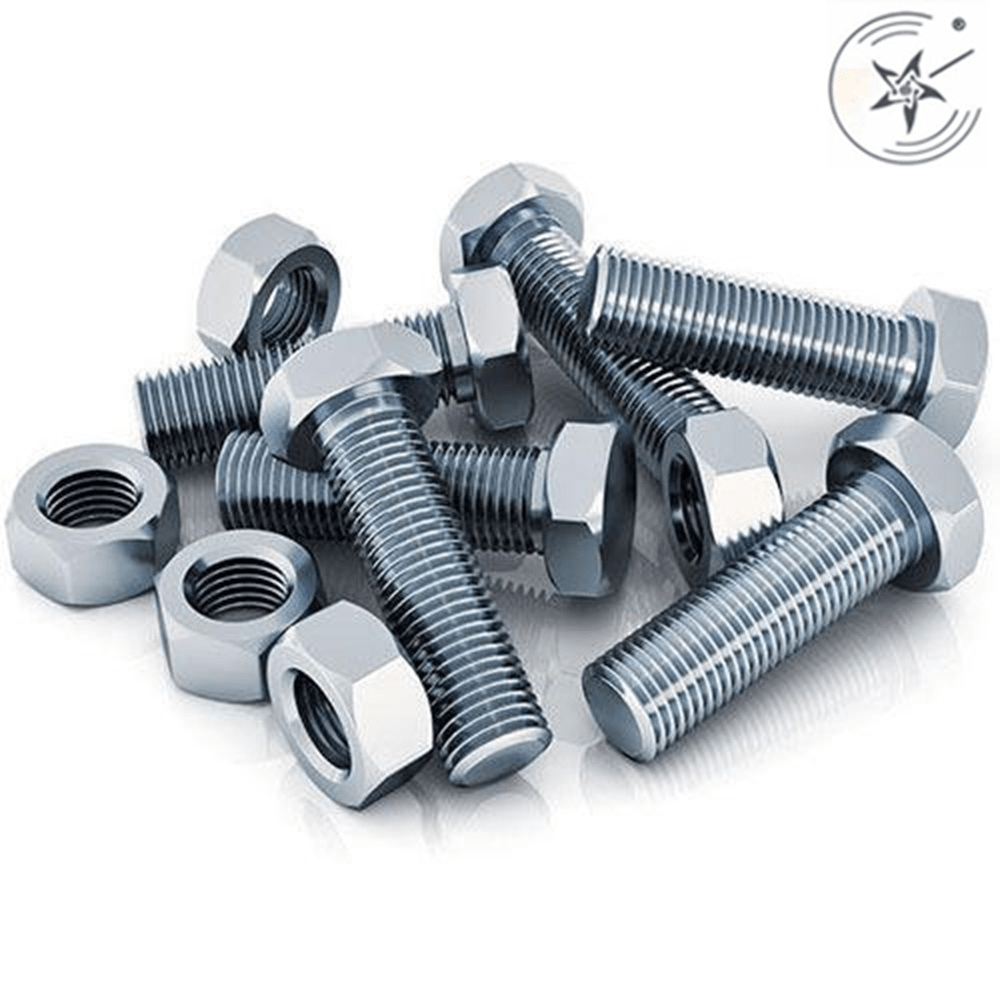Siding is an essential component of a home’s exterior, providing protection from the elements, insulation, and curb appeal. Over time, siding can deteriorate due to weather conditions, age, and wear and tear, necessitating replacement. Replacing siding is a significant home improvement project that can enhance the aesthetic appeal and functionality of your home.
Importance of Siding for Homes
Siding serves multiple critical functions, including protecting the structure from moisture, wind, and pests, enhancing energy efficiency by providing an additional layer of insulation, and contributing to the overall aesthetic appeal of the home. Proper siding can prevent costly structural damage and reduce energy costs.
Purpose and Benefits of Replacing Siding
The primary purpose of replacing siding is to maintain the structural integrity and appearance of your home. Benefits include improved energy efficiency, increased home value, better protection against the elements, and enhanced curb appeal. New siding can also address underlying issues such as rot, mold, and insect infestations.
Brief Overview of the Siding Replacement Process
The process of replacing siding involves several steps, including preparation, removal of old siding, inspection of the underlying structure, installation of new siding, and finishing touches. Each step requires careful planning and execution to ensure a successful outcome.
Preparation
Assessing the Current Siding Condition
Before embarking on a siding replacement project, it is crucial to assess the current condition of your siding. Look for signs of damage such as cracks, warping, rot, mold, and loose panels. This assessment will help determine the extent of the project and any additional repairs needed.
Planning and Budgeting for the Replacement
Proper planning and budgeting are essential for a successful siding replacement project. Consider the costs of materials, labor, permits, and any additional repairs. Create a detailed budget and timeline to keep the project on track and avoid unexpected expenses.
Choosing the Right Type of Siding
Selecting the right type of siding is a critical decision that affects the appearance, durability, and maintenance requirements of your home. Common options include:
Vinyl
Vinyl siding is a popular choice due to its affordability, durability, and low maintenance. It comes in a variety of colors and styles, making it versatile for different home designs.
Wood
Wood siding offers a classic and natural look, providing excellent insulation. However, it requires regular maintenance such as painting or staining to prevent rot and insect damage.
Fiber Cement
Fiber cement siding is known for its durability and resistance to fire, insects, and rot. It can mimic the appearance of wood, offering a low-maintenance alternative with a long lifespan.
Metal
Metal siding, such as aluminum or steel, is durable and resistant to weather conditions and pests. It requires minimal maintenance and is available in various finishes and colors.
Gathering Necessary Tools and Materials
Prepare for the project by gathering all necessary tools and materials. Essential tools include a hammer, pry bar, tape measure, utility knife, circular saw, and level. Materials will vary based on the type of siding chosen but typically include siding panels, nails, insulation, and weather barriers.
Hiring Professionals vs. DIY Approach
Decide whether to hire professional contractors or take a DIY approach. Professionals bring expertise and efficiency, ensuring high-quality results. DIY projects can save money but require significant time, effort, and skill. Assess your capabilities and resources before making a decision.
Removing the Old Siding
Safety Precautions and Preparations
Safety should be a top priority when removing old siding. Wear protective gear such as gloves, safety glasses, and a dust mask. Ensure ladders and scaffolding are secure and stable. Inform family members and neighbors about the project to avoid accidents.
Tools Required for Removal
Essential tools for removing old siding include a pry bar, hammer, utility knife, and nail puller. For large areas, consider using a reciprocating saw to cut through the panels quickly.
Step-by-Step Removal Process
- Start from the Top: Begin at the top of the wall and work your way down, removing panels one by one.
- Loosen Panels: Use a pry bar to loosen the edges of each panel carefully.
- Remove Nails: Pull out nails or screws securing the panels to the structure.
- Detach Panels: Gently detach the panels from the wall, taking care not to damage the underlying structure.
Disposal of Old Siding Materials
Dispose of old siding materials responsibly. Check local regulations for disposal or recycling options. Some materials, such as metal, can be recycled, while others may require special handling due to hazardous components.
Inspecting the Underlying Structure
Checking for Damage or Rot
Once the old siding is removed, inspect the underlying structure for any signs of damage or rot. Look for soft spots, discoloration, and mold growth. Addressing these issues is crucial to ensure the new siding adheres properly and the structure remains sound.
Repairing Structural Issues
Repair any structural issues before installing new siding. This may involve replacing damaged wood, reinforcing framing, and addressing moisture problems. Proper repairs will extend the life of your new siding and prevent future issues.
Adding Insulation and Weather Barriers
Adding insulation and weather barriers enhances energy efficiency and protects your home from moisture. Install a weather-resistant barrier, such as house wrap, to prevent water infiltration. Consider adding foam board insulation for additional thermal protection.
Importance of Proper Insulation
Proper insulation reduces energy costs and improves indoor comfort. It prevents heat loss in winter and keeps your home cooler in summer. Ensure insulation is installed correctly, without gaps or compression, to maximize its effectiveness.
Installing the New Siding
Preparing the Installation Area
Prepare the installation area by ensuring the surface is clean, dry, and free of debris. Mark reference lines to ensure the siding is installed straight and level. Plan the layout to minimize seams and ensure a professional appearance.
Measuring and Cutting Siding Pieces
Accurate measurements are crucial for a successful installation. Measure the height and width of each wall section, accounting for overlaps and seams. Use a circular saw or utility knife to cut siding pieces to the correct size.
Installing Vinyl Siding
- Starter Strip: Begin by installing a starter strip along the bottom edge of the wall.
- First Panel: Attach the first panel, ensuring it locks into the starter strip securely.
- Continue Upward: Continue installing panels upward, locking each panel into the one below.
- Secure Panels: Use nails or screws to secure panels to the structure, leaving space for expansion.
Installing Wood Siding
- Waterproof Barrier: Install a waterproof barrier over the sheathing.
- First Board: Attach the first board at the bottom, ensuring it is level.
- Overlap Boards: Overlap each subsequent board to create a weather-tight seal.
- Secure Boards: Nail or screw boards into place, ensuring they are securely attached.
Installing Fiber Cement Siding
- Moisture Barrier: Install a moisture barrier over the sheathing.
- Cut Panels: Cut fiber cement panels to size using a circular saw with a carbide-tipped blade.
- Attach Panels: Attach panels starting from the bottom, ensuring proper overlap.
- Secure Panels: Use corrosion-resistant nails or screws to secure panels to the structure.
Installing Metal Siding
- Starter Strip: Install a starter strip along the bottom edge of the wall.
- First Panel: Attach the first metal panel, ensuring it locks into the starter strip securely.
- Continue Upward: Continue installing panels upward, locking each panel into the one below.
- Secure Panels: Use metal screws to secure panels to the structure, leaving space for expansion.
Ensuring Proper Alignment and Overlap
Proper alignment and overlap are crucial for a professional finish. Use a level to ensure panels are straight and even. Overlap panels according to manufacturer instructions to create a weather-tight seal.
Finishing Touches
Installing Trim and Moldings
Install trim and moldings around windows, doors, and corners to complete the look. These elements provide a finished appearance and help seal edges against moisture.
Sealing and Caulking
Seal gaps and joints with exterior-grade caulk to prevent water infiltration. Pay special attention to corners, trim edges, and around windows and doors.
Painting or Staining
If using wood siding, paint or stain it to protect against moisture and UV damage. Choose high-quality, exterior-grade paint or stain for the best results.
Final Inspection and Touch-ups
Conduct a final inspection to ensure all siding is securely attached, seams are sealed, and there are no visible gaps. Make any necessary touch-ups to paint, caulk, or trim.
Maintenance Tips
Regular Cleaning and Upkeep
Maintain your siding by cleaning it regularly with a garden hose and mild detergent. Remove dirt, mildew, and stains to keep it looking new.
Identifying and Repairing Damage
Inspect your siding periodically for damage such as cracks, warping, or loose panels. Address any issues promptly to prevent further damage and maintain the integrity of your home.
Seasonal Maintenance Checklist
Create a seasonal maintenance checklist to keep your siding in top condition. Tasks may include cleaning, inspecting for damage, and performing minor repairs.
Tips for Longevity and Durability
Extend the life of your siding by ensuring proper installation, regular maintenance, and prompt repairs. Choose high-quality materials and follow manufacturer recommendations for care.
Common Challenges and Solutions
Weather-Related Issues
Weather conditions can impact siding installation and performance. Plan your project during favorable weather and choose materials suited for your climate.
Handling Unexpected Structural Damage
Unexpected structural damage may be discovered during siding replacement. Address these issues immediately to prevent further problems and ensure a stable foundation for your new siding.
Dealing with Insect Infestations
Inspect for insect infestations such as termites or carpenter ants. Treat any infestations before installing new siding to prevent further damage.
Ensuring Proper Ventilation
Proper ventilation is crucial to prevent moisture buildup and maintain indoor air quality. Ensure your home has adequate ventilation in attics and crawl spaces.
Cost Considerations
Breakdown of Costs for Different Siding Types
Understand the costs associated with different siding materials. Vinyl is generally the most affordable, while wood and fiber cement can be more expensive. Factor in labor costs for professional installation.
Budgeting for Professional Installation
Budget for professional installation by obtaining multiple quotes from contractors. Consider the experience and reputation of the contractor, as well as the quality of materials used.
Cost-Saving Tips for DIY Projects
Save money on a DIY project by purchasing materials in bulk, renting tools, and enlisting the help of friends or family. Plan carefully to avoid costly mistakes.
Financing Options and Incentives
Explore financing options such as home improvement loans or lines of credit. Check for incentives such as energy efficiency rebates or tax credits for certain siding materials.
Environmental Impact
Eco-Friendly Siding Options
Choose eco-friendly siding options such as fiber cement, metal, or sustainably sourced wood. These materials have lower environmental impact and are often more durable.
Recycling and Disposal of Old Siding
Recycle old siding materials whenever possible. Many recycling centers accept metal and certain types of wood. Proper disposal reduces landfill waste and environmental impact.
Energy Efficiency Improvements
Enhance energy efficiency by adding insulation and using siding materials with high R-values. Energy-efficient siding reduces heating and cooling costs.
Sustainable Practices in Siding Replacement
Adopt sustainable practices such as using recycled materials, reducing waste, and choosing energy-efficient options. Sustainable practices benefit the environment and can improve home value.
Case Studies and Personal Stories
Real-Life Examples of Siding Replacement
Share real-life examples of successful siding replacement projects. Highlight the challenges faced and solutions implemented to inspire others.
Testimonials from Homeowners
Include testimonials from homeowners who have undergone siding replacement. Their experiences and insights can provide valuable information and encouragement.
Lessons Learned from DIY Projects
Discuss lessons learned from DIY siding replacement projects. Share tips and advice to help others avoid common pitfalls and achieve successful results.
Insights from Professional Contractors
Gather insights from professional contractors on best practices, common challenges, and tips for successful siding replacement. Their expertise can guide homeowners through the process.
Expert Insights
Quotes from Home Improvement Experts
Include quotes from home improvement experts on the importance of proper siding installation and maintenance. Their insights can reinforce the value of the project.
Common Mistakes to Avoid
Highlight common mistakes to avoid during siding replacement, such as improper installation, inadequate insulation, and neglecting maintenance.
Best Practices for Siding Replacement
Share best practices for siding replacement, including proper planning, choosing the right materials, and ensuring high-quality installation.
Future Trends in Siding Materials and Techniques
Discuss future trends in siding materials and techniques, such as advancements in energy efficiency, new materials, and innovative installation methods.
Conclusion
Recap of Key Points
Summarize the key points covered in the article, emphasizing the importance of proper siding replacement and maintenance.
Final Thoughts on Siding Replacement
Encourage homeowners to take action on siding replacement to protect and enhance their homes. Emphasize the long-term benefits of investing in high-quality siding.
Encouragement for Homeowners to Take Action
Motivate homeowners to assess their current siding, plan for replacement, and choose the best materials and methods for their needs.
Additional Resources and References
Provide additional resources and references for further reading and research on siding replacement, including links to informative websites, books, and expert consultations.






